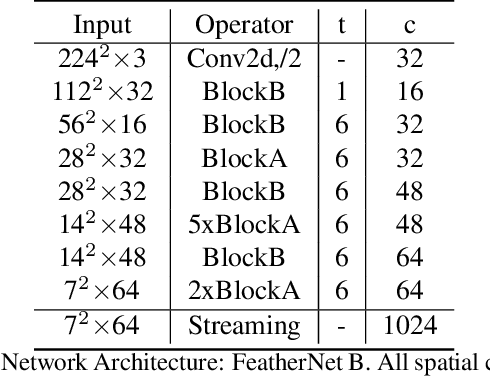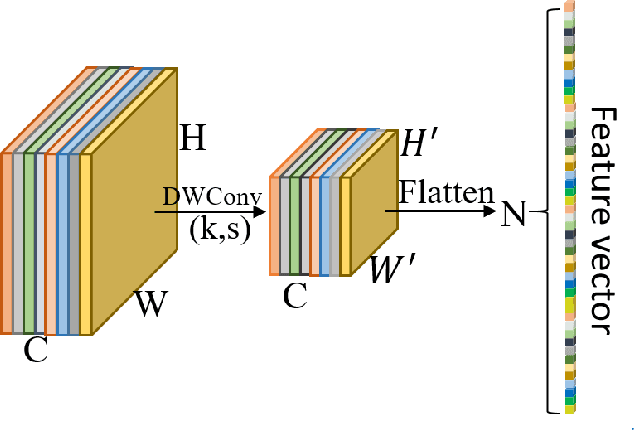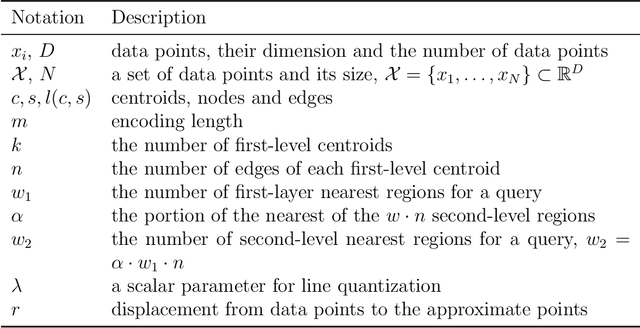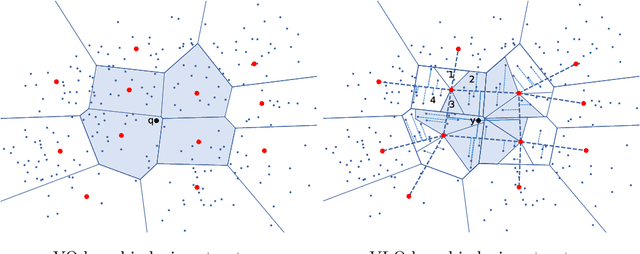Fuhao Zou
FeatherNets: Convolutional Neural Networks as Light as Feather for Face Anti-spoofing
Apr 22, 2019



Abstract:Face Anti-spoofing gains increased attentions recently in both academic and industrial fields. With the emergence of various CNN based solutions, the multi-modal(RGB, depth and IR) methods based CNN showed better performance than single modal classifiers. However, there is a need for improving the performance and reducing the complexity. Therefore, an extreme light network architecture(FeatherNet A/B) is proposed with a streaming module which fixes the weakness of Global Average Pooling and uses less parameters. Our single FeatherNet trained by depth image only, provides a higher baseline with 0.00168 ACER, 0.35M parameters and 83M FLOPS. Furthermore, a novel fusion procedure with ``ensemble + cascade'' structure is presented to satisfy the performance preferred use cases. Meanwhile, the MMFD dataset is collected to provide more attacks and diversity to gain better generalization. We use the fusion method in the Face Anti-spoofing Attack Detection Challenge@CVPR2019 and got the result of 0.0013(ACER), 0.999(TPR@FPR=10e-2), 0.998(TPR@FPR=10e-3) and 0.9814(TPR@FPR=10e-4).
Vector and Line Quantization for Billion-scale Similarity Search on GPUs
Jan 02, 2019



Abstract:Billion-scale high-dimensional approximate nearest neighbour (ANN) search has become an important problem for searching similar objects among the vast amount of images and videos available online. The existing ANN methods are usually characterized by their specific indexing structures, including the inverted index and the inverted multi-index. The inverted index structure is amenable to GPU-based implementations, and the state-of-the-art systems such as Faiss are able to exploit the massive parallelism offered by GPUs. However, the inverted index requires high memory overhead to index the dataset effectively. The inverted multi-index is difficult to implement for GPUs, and also ineffective in dealing with database with different data distributions. In this paper we propose a novel hierarchical inverted index structure generated by vector and line quantization methods. Our quantization method improves both search efficiency and accuracy, while maintaining comparable memory consumption. This is achieved by reducing search space and increasing the number of indexed regions. We introduce a new ANN search system, VLQ-ADC, that is based on the proposed inverted index, and perform extensive evaluation on two public billion-scale benchmark datasets SIFT1B and DEEP1B. Our evaluation shows that VLQ-ADC significantly outperforms the state-of-the-art GPU- and CPU-based systems in terms of both accuracy and search speed.
 Add to Chrome
Add to Chrome Add to Firefox
Add to Firefox Add to Edge
Add to Edge